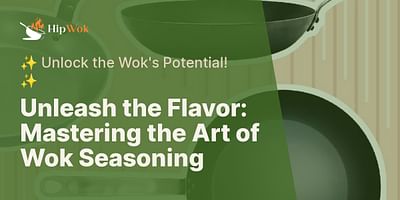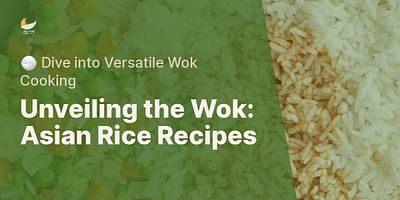Raj Kapoor is a culinary instructor and food blogger from India. He has a passion for Asian cuisine and has mastered the art of wok cooking. Raj loves to experiment with spices and believes in the power of food to bring people together. He shares his knowledge and passion on Hip Wok.
Are Southeast Asian dishes very spicy?
When it comes to Southeast Asian cuisine, one word that often comes to mind is "spicy." But let me tell you, Southeast Asian dishes are so much more than just heat! While it's true that many dishes in this region pack a punch in terms of spice, the flavors are incredibly diverse and nuanced. From the aromatic curries of Thailand to the tangy sambals of Indonesia, Southeast Asian cuisine is a delightful fusion of sweet, sour, salty, and spicy flavors.
Spices play a crucial role in Southeast Asian cooking, and they are used to create a harmonious balance of flavors. The most common spices you'll find in these dishes include chili peppers, lemongrass, ginger, garlic, turmeric, and galangal. These spices not only add heat but also bring depth and complexity to the dishes.
Now, let's talk about the level of spiciness in Southeast Asian dishes. While some dishes can be fiery hot, not all of them will set your taste buds on fire. In fact, many dishes can be adjusted to suit your personal preference for spice. So, whether you're a spice lover or prefer milder flavors, you can still enjoy the diverse range of Southeast Asian cuisine.
If you're new to spicy food, I recommend starting with milder dishes like Thai green curry or Vietnamese pho. These dishes offer a gentle introduction to the world of Southeast Asian flavors. As you become more adventurous, you can gradually explore spicier dishes like Indonesian rendang or Malaysian laksa.
When cooking Southeast Asian dishes at home, it's important to remember that you have control over the level of spiciness. You can adjust the amount of chili peppers or chili paste according to your taste. If you prefer a milder version, simply reduce the amount of spice in the recipe. Don't be afraid to experiment and find the perfect balance of flavors that suits your palate.
To enhance the flavors of Southeast Asian dishes, it's essential to use the right cookware. A wok is a versatile and indispensable tool in Southeast Asian cooking. Its high heat retention and even distribution allow you to achieve that perfect stir-fry or curry. If you're looking for the best wok for Asian cooking, check out our guide on Hip Wok for recommendations and tips on choosing the right wok for your kitchen.
In conclusion, while Southeast Asian dishes can be spicy, they offer so much more in terms of flavor and complexity. From the vibrant curries to the refreshing salads, Southeast Asian cuisine is a culinary adventure that will tantalize your taste buds. So, don't let the spice scare you away. Embrace the flavors, adjust the heat to your liking, and embark on a delicious journey through the vibrant world of Southeast Asian cuisine.















